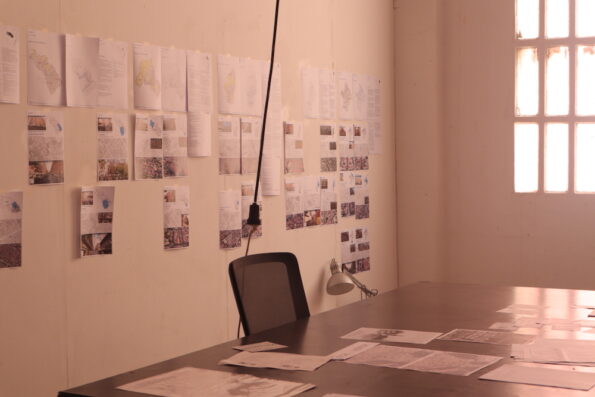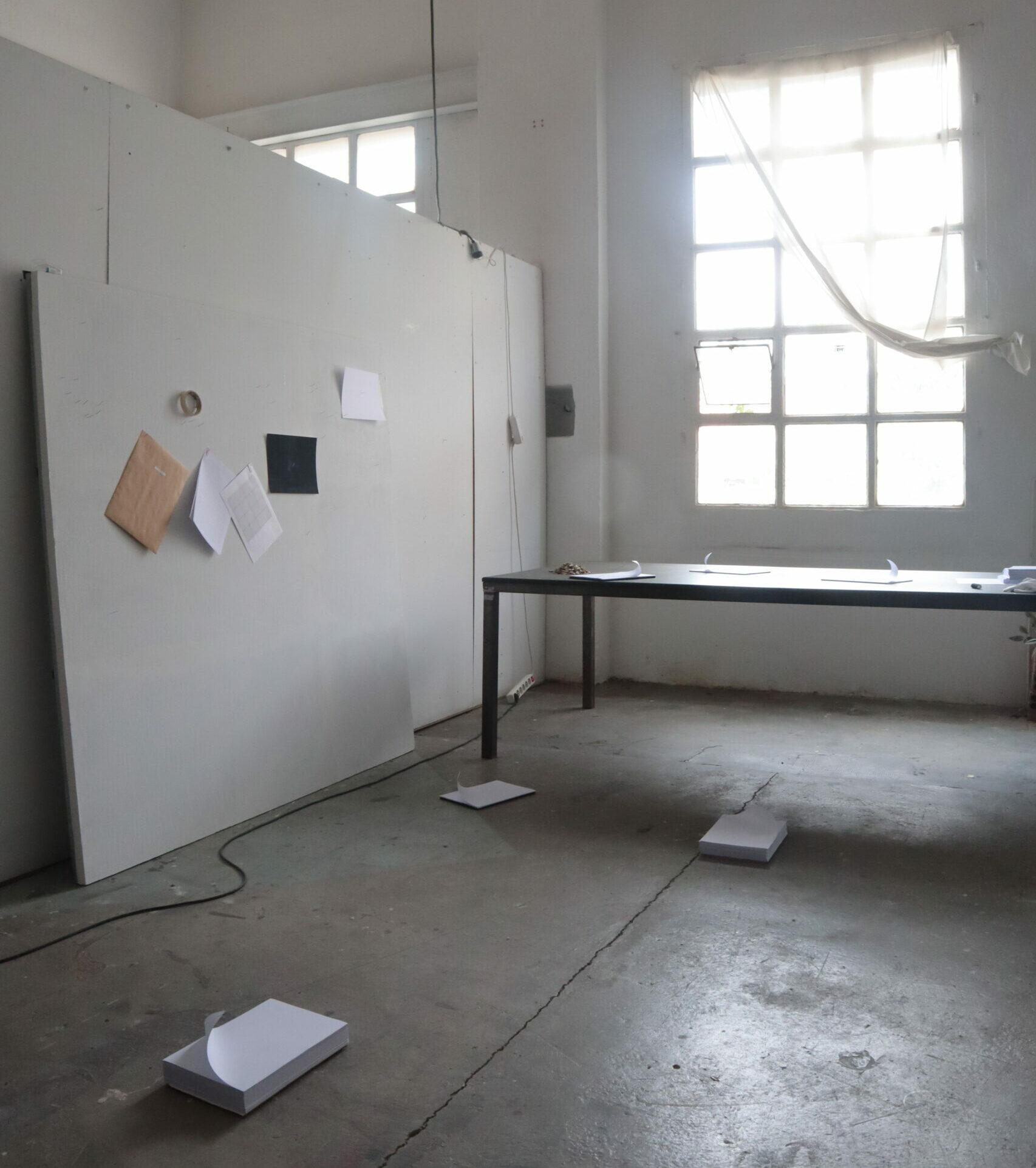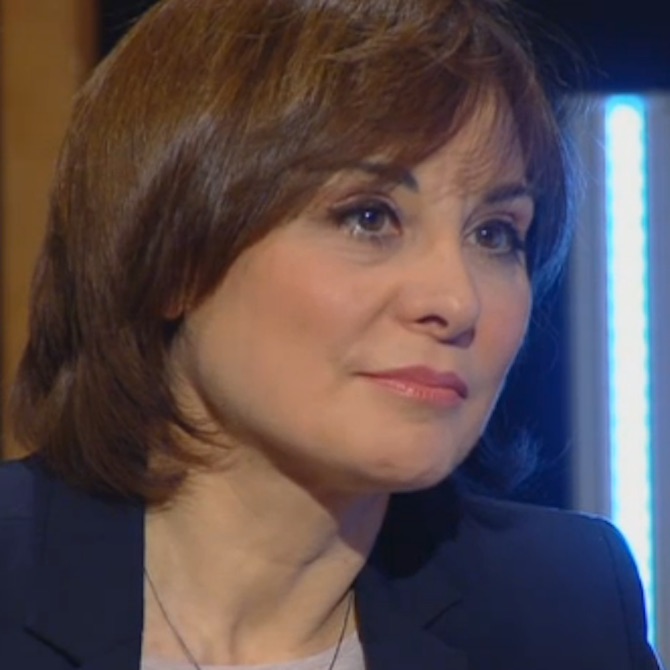Search
To search for an exact match, type the word or phrase you want in quotation marks.
A*DESK has been offering since 2002 contents about criticism and contemporary art. A*DESK has become consolidated thanks to all those who have believed in the project, all those who have followed us, debating, participating and collaborating. Many people have collaborated with A*DESK, and continue to do so. Their efforts, knowledge and belief in the project are what make it grow internationally. At A*DESK we have also generated work for over one hundred professionals in culture, from small collaborations with reviews and classes, to more prolonged and intense collaborations.
At A*DESK we believe in the need for free and universal access to culture and knowledge. We want to carry on being independent, remaining open to more ideas and opinions. If you believe in A*DESK, we need your backing to be able to continue. You can now participate in the project by supporting it. You can choose how much you want to contribute to the project.
You can decide how much you want to bring to the project.

At A*DESK, we have always understood writing as a space and time for reflecting on reality, and publication as a place for conveying meaning. Our reflection on writing in/of/from art has kept us directly or indirectly occupied for a long time.
In a text published on A*DESK on February 6, 2006 (!!!), Manel Clot wrote, “The text of criticism and from criticism, any theoretical sketch with plural vocation and intention, any laboratory essay, any curatorial test, must start from the eminently contextual nature of artistic production, must consider the impossible universality and essence of its qualities, must reaffirm its irrefutable non-exteriority, and must become its primary and fundamental conversational device: not expecting complicity but providing interlocution, not connivance but coexistence, not resignation but exchange, not collision but collusion, not interpreting but completing, not deciphering but intensifying, not directing but assuming, not effectiveness but affectivity, not direction but implication, not expression but criticism, not description but inscription, not juxtaposition but interaction, not cohabitation but integration, not multiculturalism but transculturalism, not politics but action, not event but recognition, not integration but dissolution, not tolerance but difference, not biography but experience.” The text, accessible on A*DESK, was titled “Quatre coses sobre espectatives de transformació i perímetres relacionals de les pràctiques artístiques des de l’àmbit de la crítica (el crític com a productor o la superació de la psicoastènia) / Four things about expectations of transformation and relational perimeters of artistic practices from the field of criticism (the critic as producer or overcoming psychoasthenia)”.
Yes, those were different times and a different form of writing, different terminologies, and a different common temporal framework. Nevertheless, the idea of the text as a “primary and fundamental conversational device” reappears these days in Hangar’s Text Collection, an essential, precise, and very functional project that seeks to create a repository of texts about resident artists at Hangar. Starting from writing, much like a studio visit, this project allows us to approach work processes from a holistic view that doesn’t stop at specific projects but rather delves into the entirety of artistic practices.
With this project, Hangar initiates a collection that is both a space for relationships (artists propose someone to write the text), a toolbox (a series of reference texts on work processes and artistic practices are compiled), and a visibility window (texts are accessible online and translated into three languages). As a thoroughly “reformattable” format, these conversations can become a collaborative work leading to multiple outcomes. On a meta level, it also serves to assess the state of art writing: what terminologies are we using now? What are we writing about? How do we write? What are the references? What is the grammar of the common temporal framework?
What do we find in the Text Collection? In this initial phase, very interesting pairings. In the first project presentation last June, Anna Manubens, director of Hangar, Carolina Jiménez, the project’s main creator and promoter, along with two authors, Martí Manen and Laura Vallés Vílchez, and the artist Paula García-Masedo, shared a panel.
As a teaser for the project, we highlight the symbiosis Luz Broto-Martí Manen, who, following Luz Broto’s approach of not closing projects and exploring boundaries, creates a non-closed text in ” Writing an Essay About and With Luz Broto“, discussing failed projects and inviting a potential phone conversation among reader, artist, and author as the text’s non-ending. In the case of Paula García-Masedo, an artist whose practice also includes writing, Sofía Lemos, in “The limit is relational“, opts to weave connections from her conversations with the artist about landscape and architecture in Japan.

Viotela Mayoral’s Studio, Hangar
The nature of a studio visit conversation is very present, for example, in Mattin’s text about Arnau Sala, where they establish relationships between their interests and work processes and the lack of attention or tendency to distractions. Essentially, it’s like searching in a medical diagnosis for the origins of a certain way of doing things.
Also, in the case of Violeta Mayoral and Itziar Okariz, it is a conversation where the two artists talk about their readings, listening, sounds, strangeness, studies, and a wild cat. In other cases, the conversations reach a meta level based on three notions: consumption, productivity, and identity (Juan David Galindo – Marta Sesé). The epistolary form and careful approach define the exchange between Lu Ciccia and Txe Roimeser in a project involving a medical intervention.
We cannot help but return to Manel Clot because, indeed, some contributions in the Text Collection bring his words back to the forefront: “interlocution, coexistence, exchange, affectivity, implication, dissolution, experience.”

(Cover photo: Luz Broto’ Studio, Hangar)

Montse Badia has never liked standing still, so she has always thought about travelling, entering into relation with other contexts, distancing herself, to be able to think more clearly about the world. The critique of art and curating have been a way of putting into practice her conviction about the need for critical thought, for idiosyncrasies and individual stances. How, if not, can we question the standardisation to which we are being subjected?
www.montsebadia.net
"A desk is a dangerous place from which to watch the world" (John Le Carré)